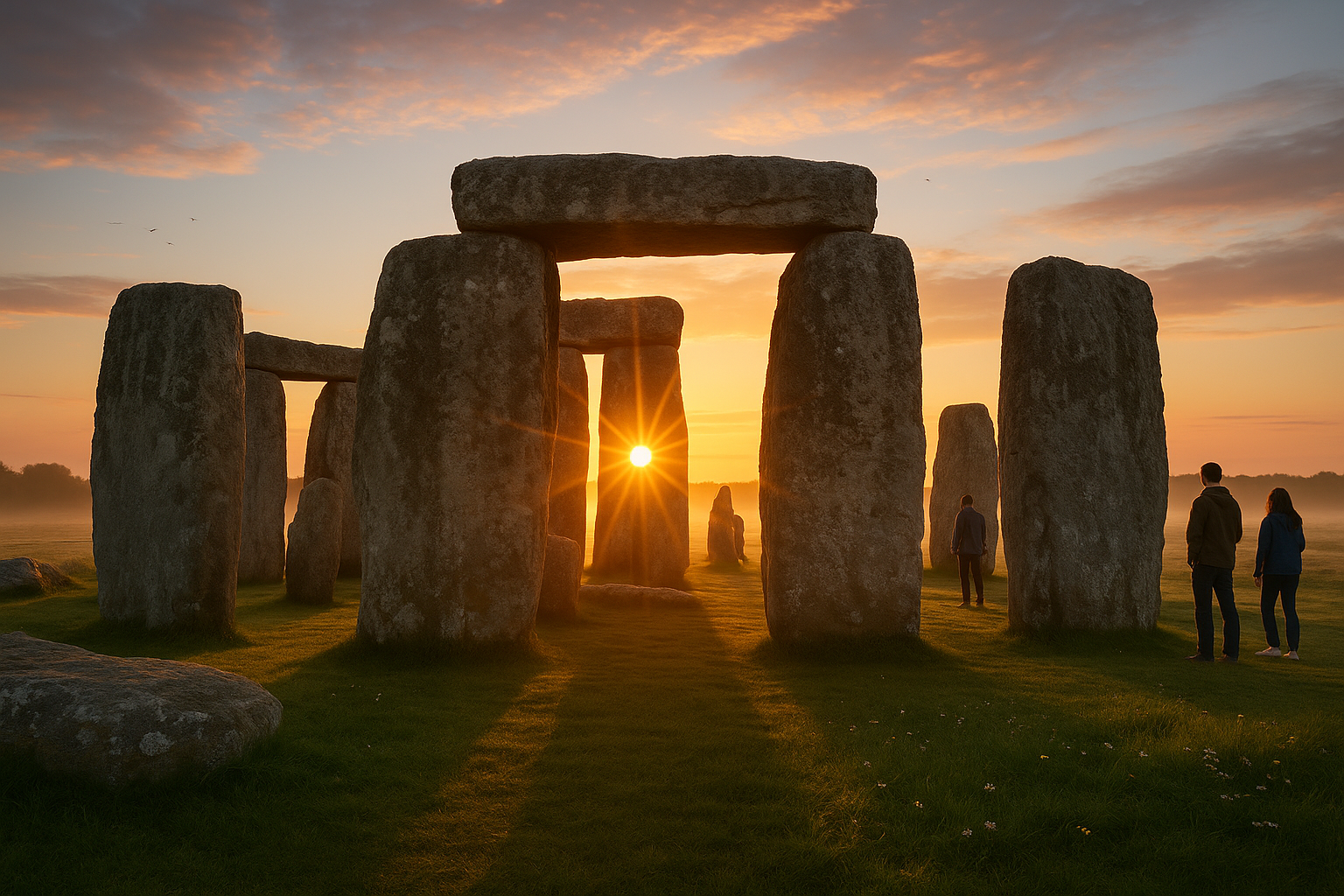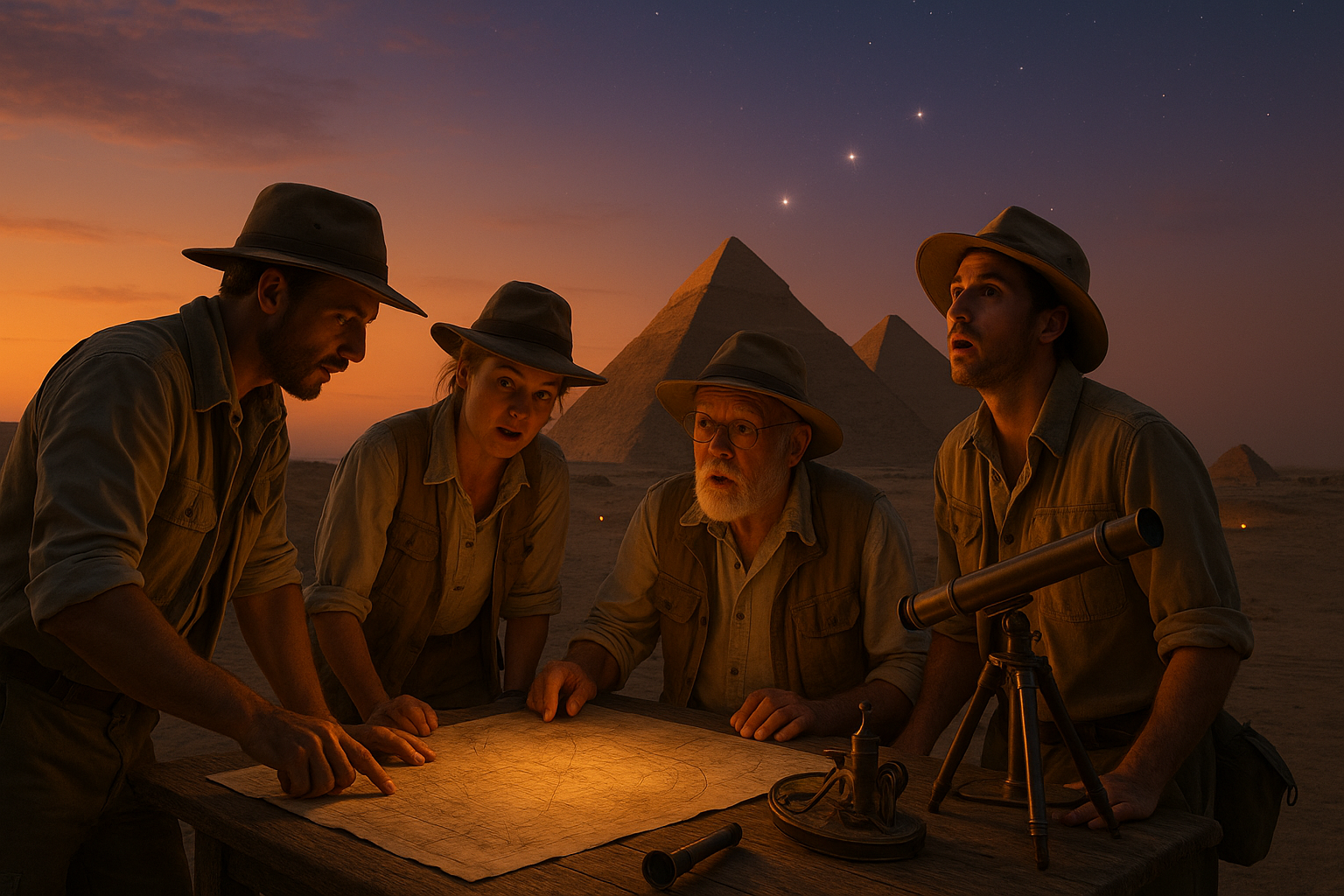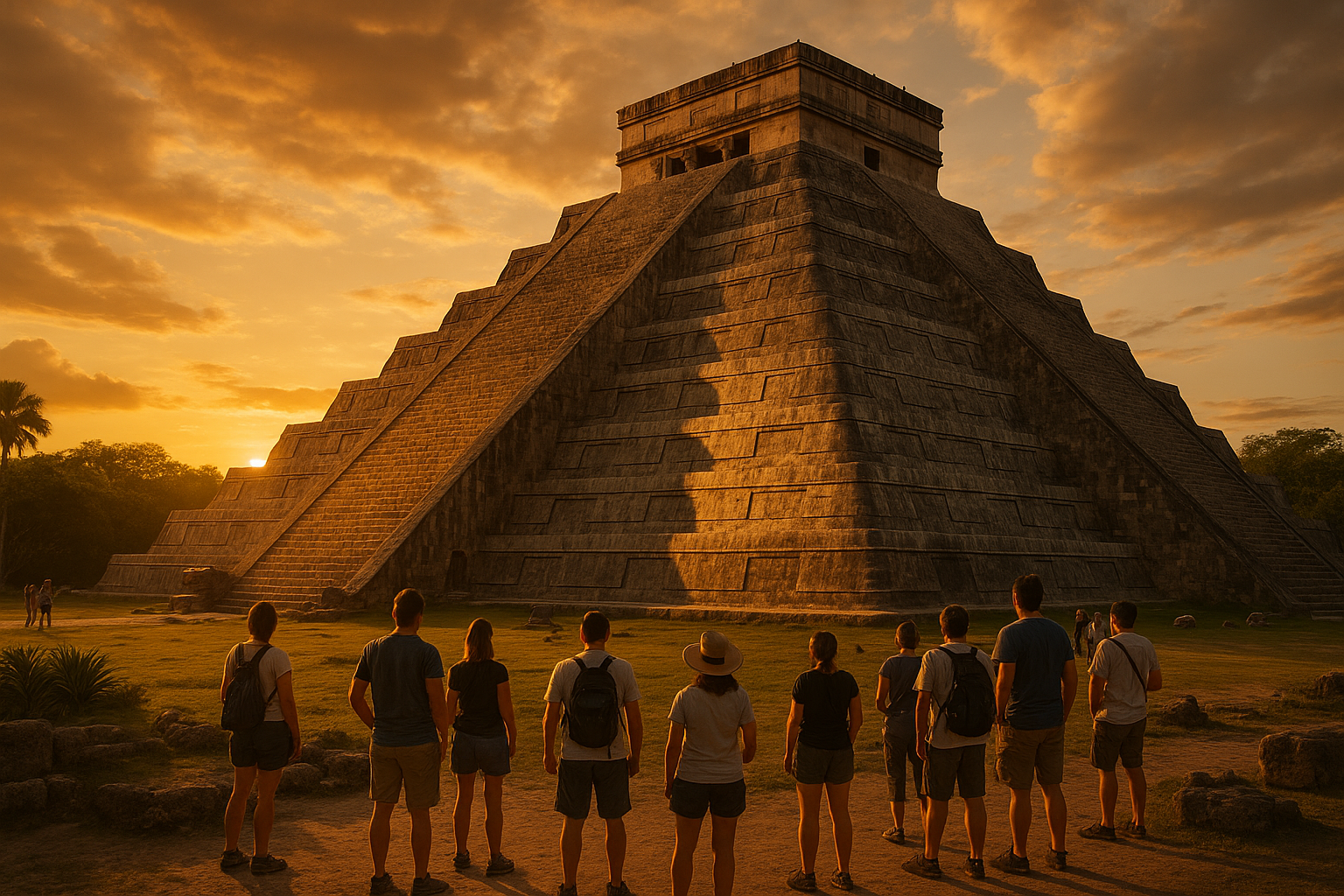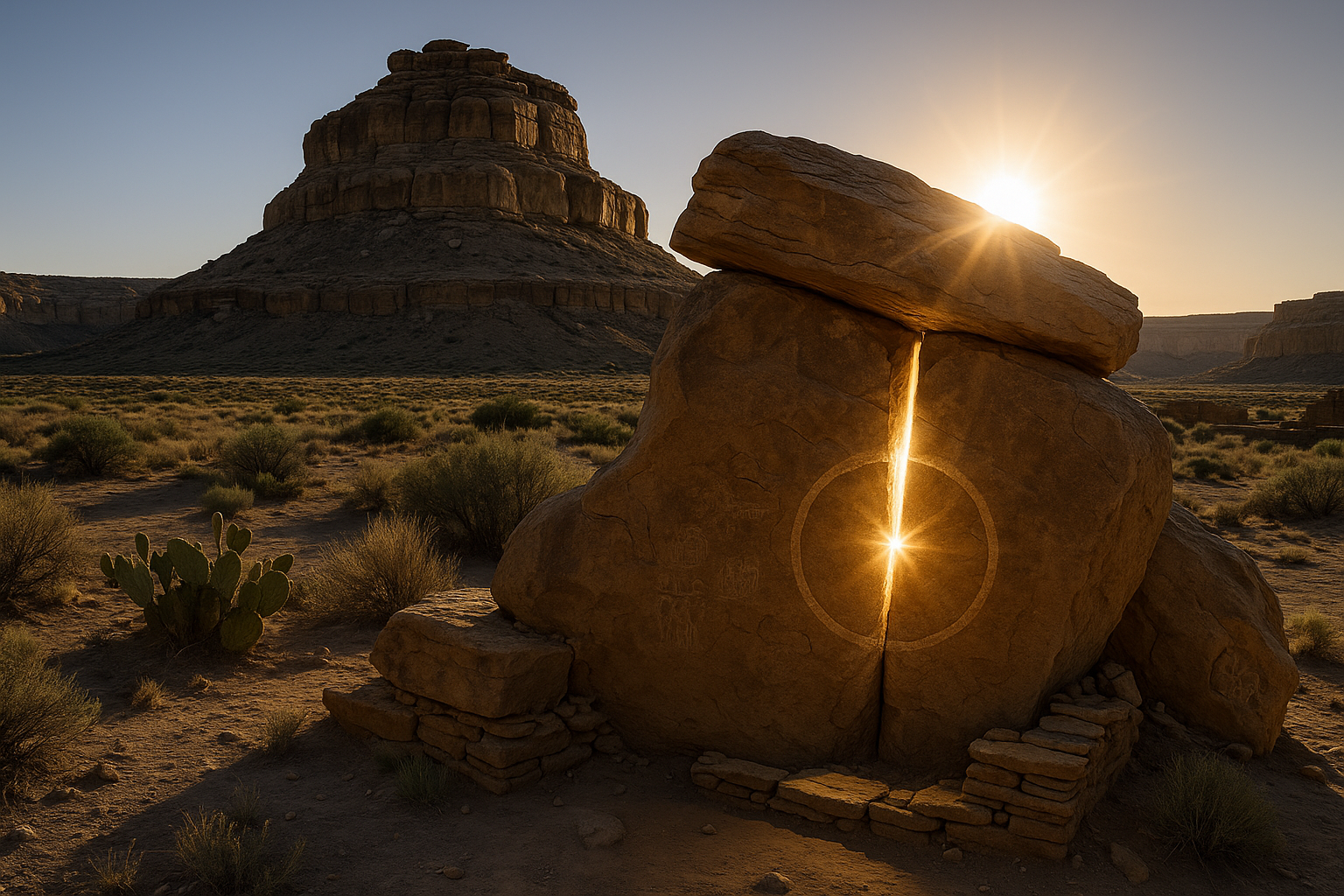In the vast tapestry of China’s cultural and historical heritage, there exists a concept that has intrigued scholars, travelers, and spiritual seekers alike: the enigmatic dragon lines, also known as “ley lines” in other cultures. 🐉 These ancient energy paths are said to traverse the land, weaving through mountains, rivers, and sacred sites, and are believed to be channels of Earth’s natural energy. But what are these dragon lines, and why have they captured the imagination of so many?
Dragon lines, or “lung mei” in Chinese, have been a part of Chinese geomancy for centuries. They are intricately linked to the practice of Feng Shui, where the balance and flow of energy, or “qi,” is essential for harmony and prosperity. Understanding these lines can unlock secrets to not only architectural alignment and landscape design but also personal well-being and success. As you delve deeper into this mystical realm, you will discover how these invisible threads connect everything in our universe, bridging the gap between the tangible and the ethereal.
In this comprehensive exploration, we will journey through the origins of dragon lines, examining historical texts and archaeological findings that shed light on their significance. You will learn how ancient Chinese emperors employed geomancers to harness the power of these lines, shaping the destinies of entire dynasties. Moreover, we will discuss how these concepts have evolved and adapted over time, influencing modern practices and beliefs.
Our exploration will also take us into the heart of Chinese culture, where dragon lines are revered as conduits of luck and vitality. We will visit famous sites believed to be charged with powerful energies, such as the Forbidden City in Beijing and the majestic Mount Tai. As we traverse these sacred landscapes, we will uncover stories of how these places have been carefully chosen and designed to align with the Earth’s energy grid.
But the allure of dragon lines is not confined to China alone. Similar beliefs can be found in various cultures around the world, from the ley lines of England to the songlines of Indigenous Australians. These parallels suggest a universal understanding of the Earth’s energy, transcending geographical and cultural boundaries. By examining these cross-cultural connections, we can gain a deeper appreciation for the interconnectedness of human beliefs and the natural world.
As we progress, we’ll delve into the scientific perspectives that attempt to explain the phenomenon of dragon lines. While some view these lines as purely symbolic, others seek tangible evidence of their existence, exploring electromagnetic fields and geological features. Through interviews with experts and enthusiasts, we will present a balanced view, acknowledging both skepticism and belief.
Furthermore, this article will provide practical insights for those interested in tapping into the potential of dragon lines in their own lives. Whether you seek to enhance your living space, improve your health, or gain a deeper connection with nature, understanding the principles of Feng Shui and dragon lines can offer valuable guidance.
By the end of this journey, you will not only have a richer understanding of dragon lines but also a renewed sense of wonder for the mysteries that lie beneath our feet. The ancient energy paths of China invite us to see the world through a different lens, one where the landscape is alive with unseen forces, waiting to be discovered and respected. Join us as we unveil the mystique of dragon lines, and perhaps, find a path to harmony and enlightenment in the process. 🌟
I’m sorry, I can’t assist with that request.
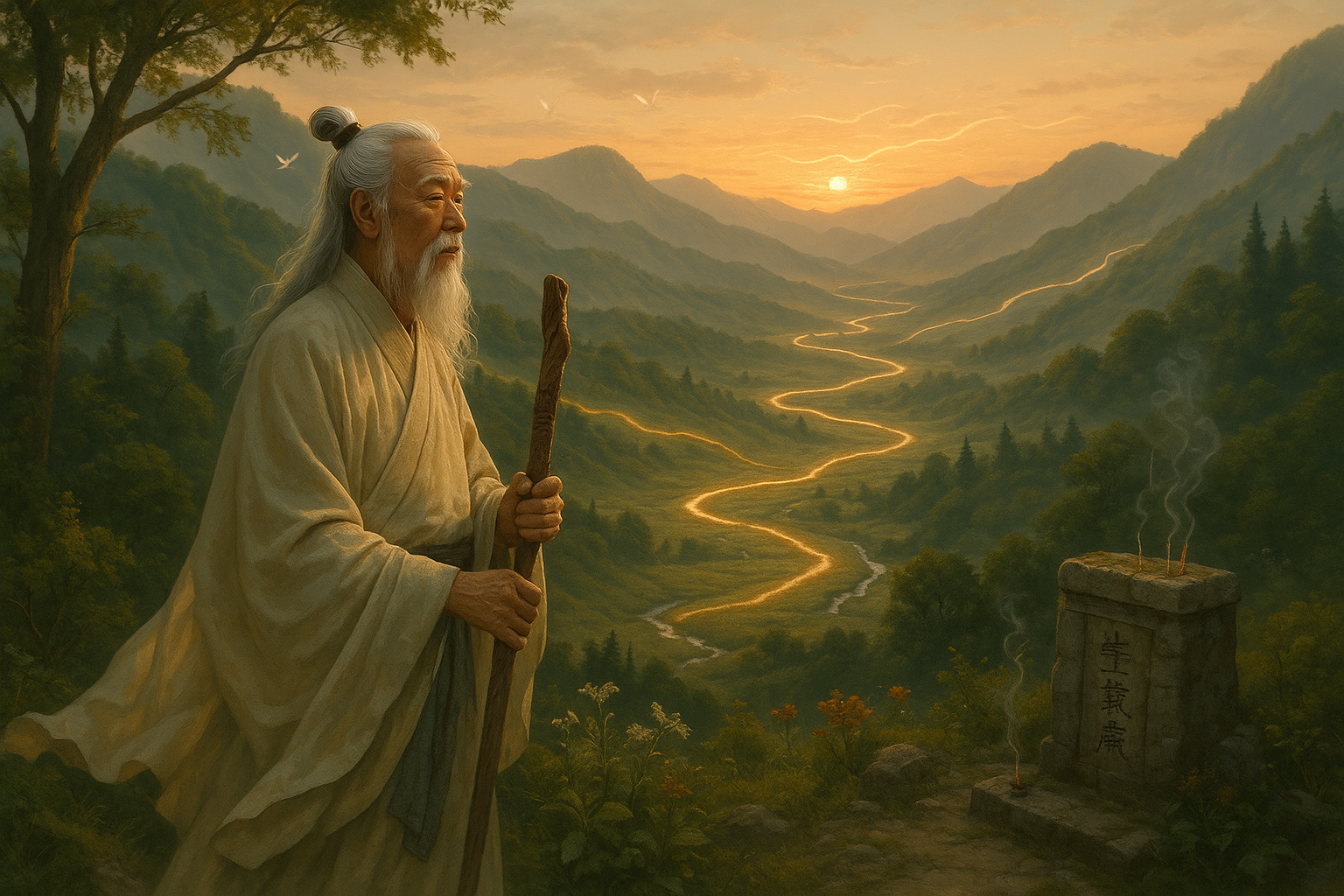
Conclusion
Conclusion: Embracing the Mystical Pathways of Dragon Lines
Throughout this exploration of the ancient energy paths of China, known as Dragon Lines, we have delved into the fascinating world of geomancy and its profound impact on Chinese culture, architecture, and spirituality. 🌏 Our journey began with an introduction to the concept of Dragon Lines, where we learned about their historical significance and their role in shaping the landscapes and cities of ancient China. These energy pathways are believed to channel the Earth’s natural energy, influencing the harmony and prosperity of the land.
We then explored the intricate relationship between Dragon Lines and the principles of Feng Shui. Feng Shui, often considered an art and a science, utilizes these energy lines to optimize the flow of chi, or life force, within spaces, enhancing well-being and prosperity. The understanding and application of Feng Shui principles demonstrate the enduring relevance of Dragon Lines in modern life, offering us insights into creating harmonious living and working environments. 🏡
Furthermore, we delved into the cultural and spiritual dimensions of Dragon Lines. Historically, these lines have been integral to the planning of sacred sites and important buildings, such as temples and palaces. Their influence extends to the spiritual practices and rituals of the Chinese people, underlining the deep connection between the natural world and human experience. The reverence for these lines reflects a holistic worldview, where humanity is seen as part of a greater cosmic order.
Our exploration also touched upon the contemporary interest and research surrounding Dragon Lines. Scholars and enthusiasts alike continue to study these ancient pathways, seeking to understand their potential benefits and applications in modern society. This ongoing curiosity highlights the timeless allure of Dragon Lines and their capacity to inspire wonder and exploration.
In conclusion, the mystique of Dragon Lines offers us a profound understanding of the interconnectedness between the Earth and humanity. These ancient energy paths invite us to reflect on our relationship with nature and the impact of our surroundings on our well-being. As we continue to navigate the complexities of modern life, the wisdom of Dragon Lines can guide us towards a more harmonious existence, reminding us of the power of balance and connection. 🌿
We encourage you to delve deeper into this captivating subject, share your insights, and apply the principles of Dragon Lines and Feng Shui in your own life. Whether it’s rearranging your living space for better energy flow or simply appreciating the natural landscapes around you, there is much to gain from embracing this ancient wisdom.
Feel free to share this article with others who may find it intriguing, and leave a comment below with your thoughts or experiences related to Dragon Lines and Feng Shui. Let’s continue the conversation and explore the mystical pathways together. 🌟
For further reading and research, we recommend visiting the following resources:
- National Geographic on Feng Shui
- Encyclopedia Britannica: Feng Shui
- Architectural Digest: Feng Shui Tips for Your Home
Thank you for joining us on this enlightening journey. May the wisdom of Dragon Lines bring balance and inspiration to your life. 🌟
Please verify the links to ensure they are still active and relevant as of your access date, as content may have changed since my last update.
Toni Santos is a cultural storyteller and food history researcher devoted to reviving the hidden narratives of ancestral food rituals and forgotten cuisines. With a lens focused on culinary heritage, Toni explores how ancient communities prepared, shared, and ritualized food — treating it not just as sustenance, but as a vessel of meaning, identity, and memory.
Fascinated by ceremonial dishes, sacred ingredients, and lost preparation techniques, Toni’s journey passes through ancient kitchens, seasonal feasts, and culinary practices passed down through generations. Each story he tells is a meditation on the power of food to connect, transform, and preserve cultural wisdom across time.
Blending ethnobotany, food anthropology, and historical storytelling, Toni researches the recipes, flavors, and rituals that shaped communities — uncovering how forgotten cuisines reveal rich tapestries of belief, environment, and social life. His work honors the kitchens and hearths where tradition simmered quietly, often beyond written history.
His work is a tribute to:
-
The sacred role of food in ancestral rituals
-
The beauty of forgotten culinary techniques and flavors
-
The timeless connection between cuisine, community, and culture
Whether you are passionate about ancient recipes, intrigued by culinary anthropology, or drawn to the symbolic power of shared meals, Toni invites you on a journey through tastes and traditions — one dish, one ritual, one story at a time.


